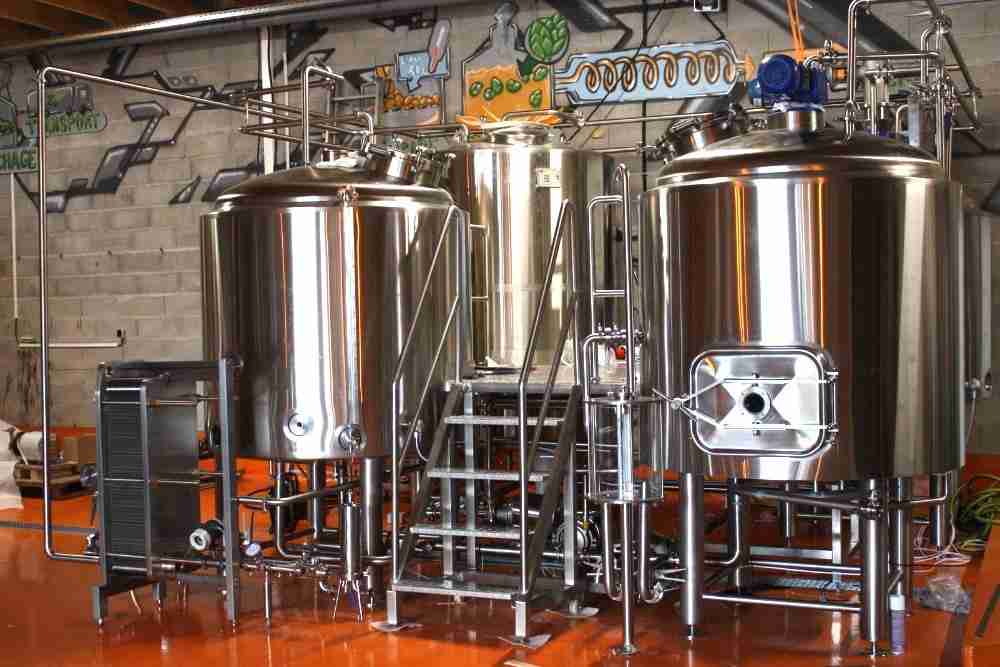What size Brewhouse do I Require
One of the questions that gets asked by a lot by start-up breweries is what size brew house do they require? They are often unaware of what a loaded question they've just asked and how many variables come into play to decide such a thing. Typically, our first response is what is your business model, which is an equally loaded question, but to understand what equipment they need, we first need to engage in understanding the parameters of their business model.

This article will give insight into a selection of different business models and typically the type of brewhouse is required to service that model. The models that we're going to look at are:
• Brew pub turning over 100,000 to 250,000 L a year.
• Local Production brewery producing between 1 million L and 2 million litres a year.
• National production brewery producing 5 million to 10 million litres a year.
The reason why we don't talk about anything in between 250,000 and a million litres is because typically businesses within that range struggle to reap the benefits of economy of scale. Thus, typically breweries within this range tend to break even at the best of times.
The Brew Pub
The brew pub can be a profitable investment, if it's set up in a way that maximises beer sold over their own bar. This minimises overheads and maximises margin on beer sold as you are selling directly to the customer. Not to mention the excise rebate for craft breweries is maximised in the at somewhere around 250,000 L model. The size of the Brewhouse typically would be between 10 HL or 15 HL this size can vary depending on a few variables such as;
• Number of different beers you want to produce
• number of employees
• and level of automation
Typically for any brew pub you will max out the cellar volume/ site area before you get anywhere close to maxing out the brewhouse capacity. Brewhouse size becomes the balance of number of brand versus resources to achieve maximum volume.
It is also worth noting that, in our experience, having a smaller brewhouse than 10 HL often leads to high labour input and excessive number of brewhouse turns. This is not always the case and some applications can support a smaller brewhouse but it is worthwhile considering your desired lifestyle and other business commitments when looking at smaller brewhouse sizes.
Local Production Brewery
This business model is when the production has grown to something that is capable of achieving optimisations that come with an economy of scale. Often The biggest bottleneck for this brewery business model is sales and marketing. Its no easy feat to be able to move 1 million litres of beer a year. However, if your marketing is on point and you hit the nail on the head with your product, then this might be a viable option. For this scale of brewery we would recommend a 35HL to a 50HL once again dependent on the number of brands and resources available. In Australia where the labour cost is high, a high degree of automation and larger brew length may be favourable to lower cost of production.
Large National Distribution Brewery
For this scale of brewery, depending on the flexibility of brands and production requirements, we would recommend a 50HL to 100HL Brewhouse. This will allow you to maximise the economy of scales and minimize movements per volume.
A high degree of design and planning for a cellar Is crucial to get the most out of this business model. To consider a brewhouse of this size, you would need to have a well-established nationally recognised brand.


.jpg)





Get A Quote